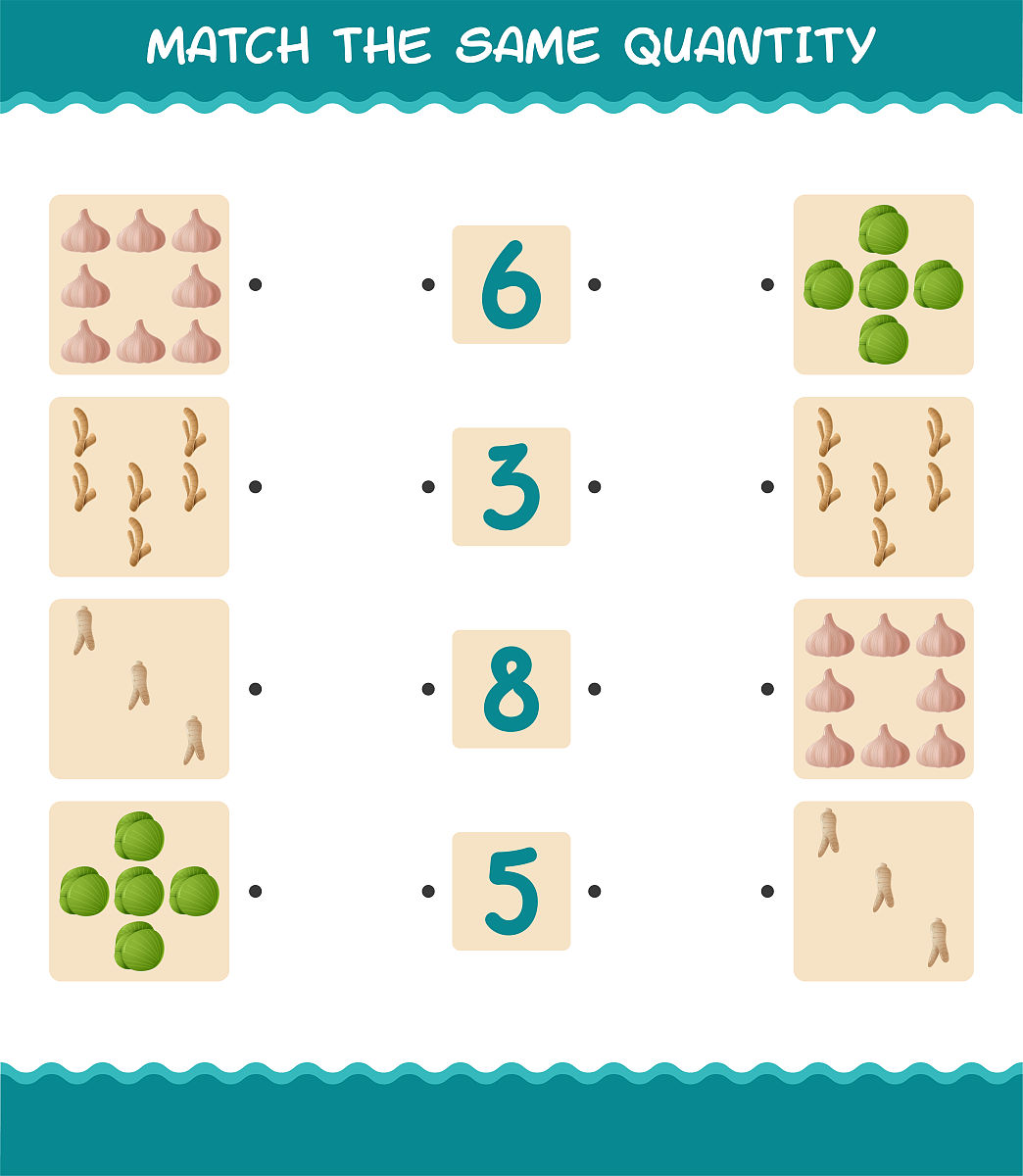How Many Ways To Group Babies: A Combination Pattern Explained
To determine the pattern, we need to analyze the given information.
In the first scenario, we are told that there are 4 babies and 2 of them are girls. This means that we have 2 boys and 2 girls.
The possible ways of grouping the babies are as follows:
- Boy, Boy, Girl, Girl
- Boy, Girl, Boy, Girl
- Boy, Girl, Girl, Boy
- Girl, Boy, Boy, Girl
- Girl, Boy, Girl, Boy
- Girl, Girl, Boy, Boy
So, there are 6 possible ways of grouping the babies when there are 4 babies and 2 of them are girls.
Now, let's analyze the second scenario. We are told that there are 5 babies and 2 of them are girls. This means that we have 3 boys and 2 girls.
The possible ways of grouping the babies can be calculated using combinations. We can choose 2 positions out of the 5 positions to place the girls, and the remaining 3 positions will be for the boys. The formula for combinations is nCr = n! / (r!(n-r)!).
So, the possible ways of grouping the babies when there are 5 babies and 2 of them are girls can be calculated as follows: 5C2 = 5! / (2!(5-2)!) = 10
We can apply the same logic to the third scenario when there are 10 babies and 2 of them are girls: 10C2 = 10! / (2!(10-2)!) = 45
Therefore, the pattern is as follows:
- When there are 4 babies and 2 of them are girls, there are 6 possible ways of grouping.
- When there are 5 babies and 2 of them are girls, there are 10 possible ways of grouping.
- When there are 10 babies and 2 of them are girls, there are 45 possible ways of grouping.
The pattern seems to follow a combination calculation, where the number of ways of grouping is equal to the combination of choosing 2 positions for the girls out of the total number of positions (number of babies).

原文地址: https://www.cveoy.top/t/topic/bRux 著作权归作者所有。请勿转载和采集!